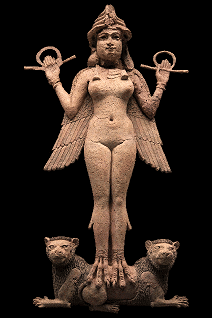
Topic: The role of women in ancient art
- Cartwright, Mark. “The Role of Women in the Roman World.” Ancient History Encyclopedia, Ancient History Encyclopedia, 22 Feb. 2014, www.ancient.eu/article/659/the-role-of-women-in-the-roman-world/.
This source is about roles that women have played in the Roman world and provide informative details about women lives in ancient Rome. It also talks about women in mythology, women and the family, women in the wider society, and famous Roman women. This relates to my topic because ancient Rome is another civilization which artwork I would be examined to explore women role in ancient art.
2. Hemingway, Colette. “Women in Classical Greece.” In Heilbrunn Timeline of Art History. New York: The Metropolitan Museum of Art, 2000–. http://www.metmuseum.org/toah/hd/wmna/hd_wmna.htm (October 2004)
This source talks about Women’s role in Classical Greece; it talks about women’s role from being young girls from all the way to adult women. It provides many details about societal expectation, norms, rules, and belief for a female. Also, draw connections to ancient Greece art, which makes it more relevant to my topic. As I am talking about women in ancient art which also includes Ancient Greece art. This article provides me with background information about Greece society as well as an understanding of women lifestyle in ancient Greek.
3. Livermore, Melina. “Women in Ancient Times.” Art News Portal, 26 Oct. 2016, www.artnewsportal.com/art-news/women-in-ancient-times.
This source is about Women in the ancient world; it takes a deeper look into history where the depiction of women in art tells a different story than what people assume (women were considered to have their place in the home bearing children, cooking, cleaning and taking care of their spouses). Through examining arts, it reveals a powerful aspect of feminism and women in power in ancient time. This relates to my topic as in my research I’m focusing on ancient understanding art, specifically women portraits in art, this is useful to see all the different views of women in art.
4. Tate, “Unlock Art: Where are the Women?,” in Smarthistory, January 22, 2016, accessed December 9, 2018, https://smarthistory.org/unlock-art-where-are-the-women/.
This source is from smarthistory, and it is about female artists role in a male-dominated art world. It displays the history of women in art, exploring how they have been represented, underrepresented, and sometimes misrepresented. It also talks about Guerrilla Girls who have been working to expose sexual and racial discrimination in the art world, particularly in New York, and in the wider cultural arena. This source relates to my topic because I’m talking about women role in art, and it helps me get a more in-depth view of the history of women in art. It also provides connection and shows reasoning for women were being portrayed a certain way in ancient art compared to man.
5. “A Woman’s Afterlife: Gender Transformation in Ancient Egypt.” Organized by Edward Bleiberg, Brooklyn Museum: The Dinner Party by Judy Chicago, 15 Dec. 2016, www.brooklynmuseum.org/exhibitions/womans_afterlife_ancient_egypt.
This article is about ancient Egyptian women, and the Egyptians believed to make rebirth possible for a deceased woman, she briefly had to turn into a man. This exhibition provided by Brooklyn Museum tells this remarkable story of gender transformation in the ancient world, exploring the differences between male and female access to the afterlife. This source is essential for my project as it is talking about women role in ancient art (my topic), specifically in Egypt and how women were portrayed, as well as belief and rituals associated with women.


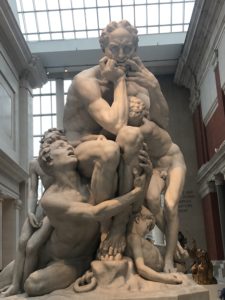 Aciman, Alexander.“Recapping Dante: Canto 33, or History’s Vaguest Cannibal.”
Aciman, Alexander.“Recapping Dante: Canto 33, or History’s Vaguest Cannibal.”
 Dr. Steven Zucker and Dr. Beth Harris,
Dr. Steven Zucker and Dr. Beth Harris,
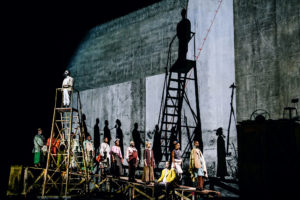

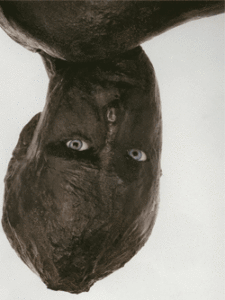
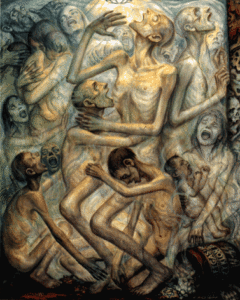 Olere, David.
Olere, David.
